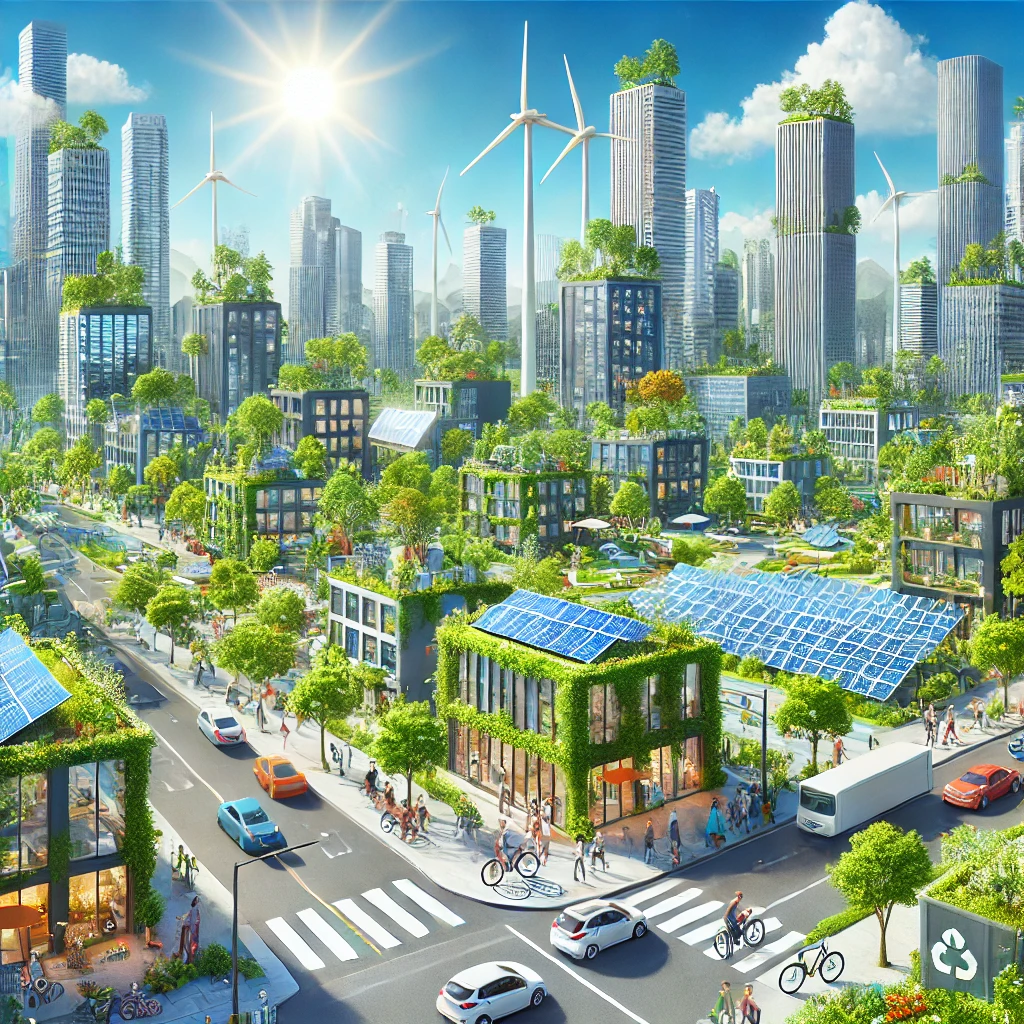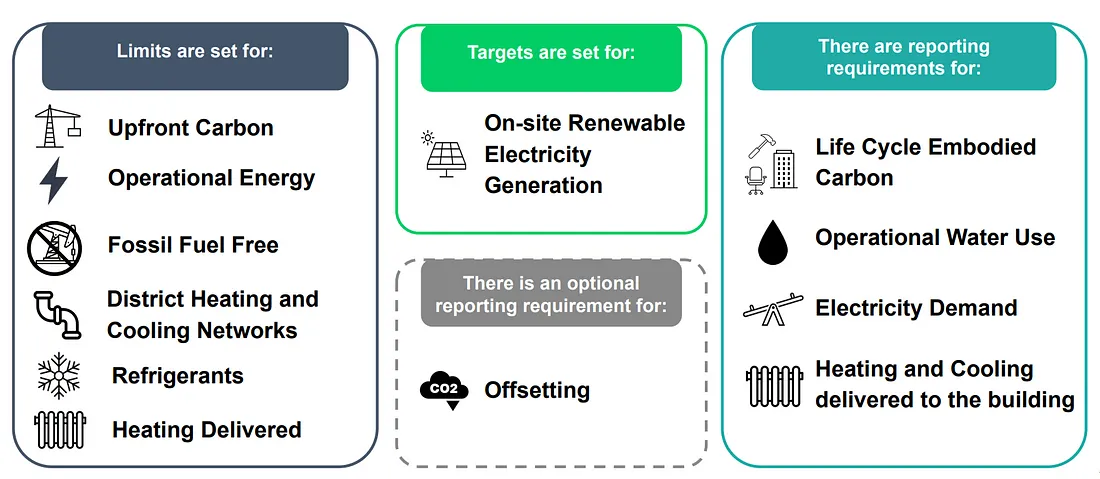GSA Seeks Innovative Clean Energy and Decarbonization Technologies for Federal Buildings

The U.S. General Services Administration (GSA), in collaboration with the U.S. Department of Energy, has issued a Request for Information (RFI) to identify and implement innovative clean energy and decarbonization technologies in federal buildings. This initiative is part of President Biden’s Investing in America agenda and involves a $30 million investment from the Inflation Reduction Act (IRA) to enhance the sustainability of federal facilities.
Investing in Sustainable Technologies
On August 1, 2024, GSA and the Department of Energy announced the RFI aimed at increasing energy efficiency and decarbonization in commercial buildings. This effort will contribute to a more efficient electric infrastructure, improving resiliency and occupant health in federal buildings. The RFI is open for submissions until September 13, 2024.
GSA’s Center for Emerging Building Technologies will lead the testing of these innovative technologies through its three interconnected programs: the Green Proving Ground, the Applied Innovation Learning Lab, and Pilot to Portfolio. These programs will help GSA make smarter investments and encourage wider market adoption of clean energy innovations.
Focus Areas for Innovation
The RFI seeks to identify technologies in the following categories:
1. Deep Energy Retrofits
2. All-Electric Buildings and All-Electric Vehicle Fleets
3. Healthy and Resilient Buildings
4. Low-Embodied Carbon Building Materials
5. Net-Zero Operations
6. Packages of Emerging and Sustainable Technology Solutions
Selected technologies must be technically and commercially ready for evaluation in operational buildings. They will be piloted in federal facilities or through the U.S. Department of Energy’s Demonstrating Efficient Solutions in Buildings program for privately owned facilities.
The Impact of Public-Private Partnerships
GSA Administrator Robin Carnahan emphasized the role of public-private partnerships in expediting the adoption of emerging technologies, enhancing U.S. competitiveness, and generating jobs. “With 42% of emissions coming from the built environment, Inflation Reduction Act funding will be instrumental in achieving our net-zero emission goals for federal buildings,” said Carnahan.
Proven Success and Future Goals
Since 2011, GSA’s Green Proving Ground (GPG) program has evaluated 107 technologies, with 23 deployed across more than a third of GSA’s federally owned portfolio. These technologies have helped avoid the emission of 116,000 tons of carbon dioxide annually and save the government $28 million each year.
The Inflation Reduction Act provides $3.4 billion for GSA to promote the development and manufacturing of low-embodied carbon construction materials and enhance the sustainability of federal facilities. Through these investments, GSA aims to achieve a net-zero emissions federal building portfolio by 2045, potentially reducing operational greenhouse gas emissions by over 2 million metric tons of CO₂. This reduction is equivalent to removing approximately 500,000 gasoline-powered passenger vehicles from the road for one year.
Conclusion
The new regulations introduced by the GSA and the Department of Energy seek to integrate innovative clean energy and decarbonization technologies into federal buildings, significantly impacting the AEC (architecture, engineering, and construction) industry. This initiative aims to enhance energy efficiency, reduce carbon emissions, and improve the overall sustainability of federal facilities. By targeting deep energy retrofits, all-electric building systems, and low-embodied carbon materials, these regulations will drive the adoption of advanced technologies, fostering a market shift towards greener practices and thus will help the U.S. reach its climate targets, reducing operational greenhouse gas emissions and contributing to a net-zero emissions federal building portfolio by 2045.
For more information about the RFI and to submit an application, visit sam.gov at Solicitation #FY25RFI080124. Inquiries can be directed to gpg@gsa.gov. Learn more about GSA’s efforts and the Green Proving Ground program by visiting http://gsa.gov/gpg.
Source
Related articles

Climate-Resilient Materials for the Built Environment: A Data-Centred Prime
As climate volatility intensifies, resilience metrics are fast becoming as critical as carbon data in material selection. This article outlines why adaptation is now a design imperative, how materials can be evaluated through a systems lens, and what KPIs project teams should demand. From self-healing concrete to fire-rated façades, we present a structured taxonomy of resilient materials, explain how to embed this intelligence into digital design workflows, and propose next steps for specification, benchmarking, and procurement.
Read more
The Release of the Pilot Version of the UK Net Zero Carbon Buildings Standard
In September 2024, the Pilot Version of the UK Net Zero Carbon Buildings Standard (NZCBS) was launched, marking a significant milestone in the decarbonisation of the UK’s built environment.
Read more
Research Deep Dive - Health Impacts of Quartz Products and Engineered Stone
This article dives into the health risks associated with crystalline silica in quartz and engineered stone, recent findings in the industry, and safer alternatives available for those looking to minimize health risks without sacrificing quality or aesthetics.
Read more